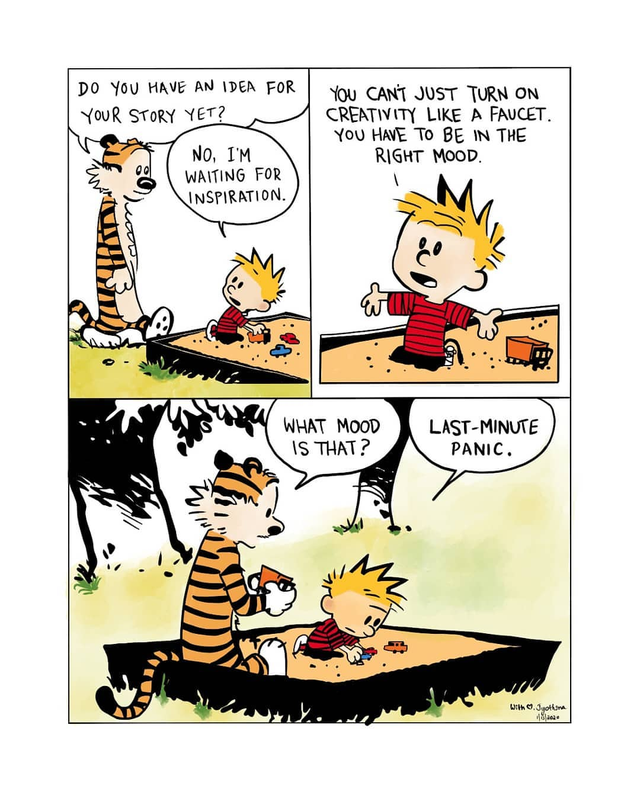191014K02 | Day 1 Lecture 1
191014K02: Day 2 Tutorial
Definitions
The input is an -vertex graph and a -vertex graph , and the objective is to test whether there exists a subgraph of such that is isomorphic to .
Observe that -Path (discussed in class earlier today) is a special case of Subgraph Isomorphism where is a path on vertices. The problem of finding a Clique on vertices is a special case of Subgraph Isomorphism as well, where is a clique on vertices. It is believed that Clique is not FPT, and, consequently, we do not expect that the general Subgraph Isomorphism problem to be FPT when parameterized by .
Let be independent random variables such that almost surely. Consider the sum of these random variables, Then Hoeffding’s theorem states that, for all
Here is the expected value of .
Problems
Show that the number of inclusion minimal vertex covers of size at most is at most . (Use the algorithm from class.)
Generalize the Vertex Cover algorithm that we saw today to Set Cover in which every element appears in at most sets.
Feedback Vertex Set as Hitting Set. Why don’t we get a approximation for FVS via the approximation for Set Cover1?
Use Markov inequality to show that:
Come up with an algorithm to solve an instance of subgraph isomorphism in time and in time . Here, , and the maximum degree of is bounded by .
Generalize the color coding approach for Longest Path to: (a) -Cycle where is a cycle on vertices, (b) Tree Subgraph Isomorphism, where is restricted to being a tree on vertices.
Design a randomized algorithm running in time for the problem of finding a feedback arc set of size at most in a tournament on vertices.
Footnotes
Note that Set Cover and Hitting Set are equivalent problems.↩︎

